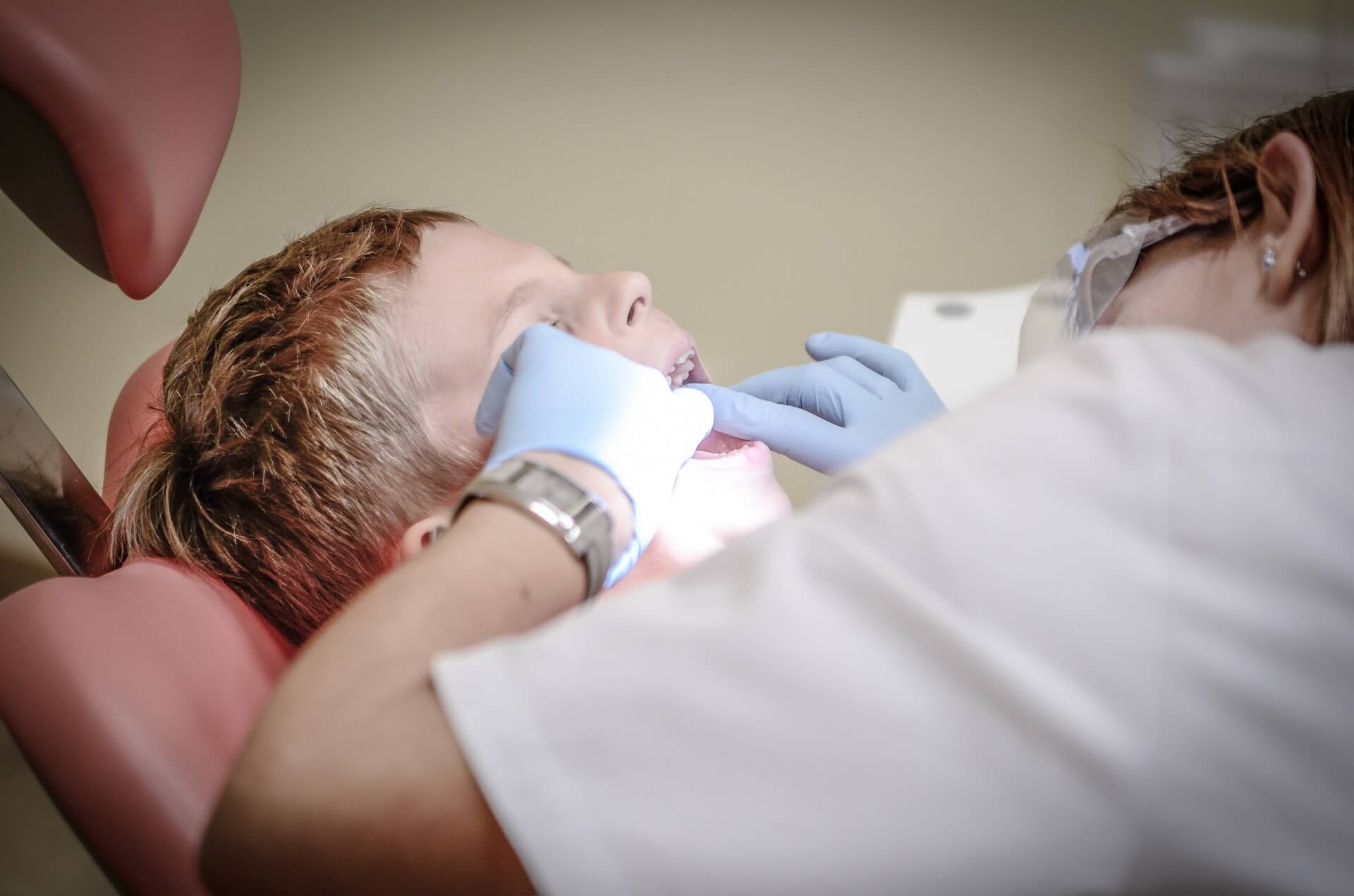A visit to the dentist isn’t everyone’s idea of a good time.
In fact, dental checkups cause some people so much anxiety, it stops a number of them from obtaining care. A 2012 study found that UK residents with “extreme dental anxiety,” 22 percent to be exact, were more likely to visit the dentist only when they had trouble with their teeth.
Now imagine having that fear of going to the dentist’s office that’s common among patients and not speaking the same language as your provider.
As is the case with hospital and clinical care, non-native speaking dental patients can struggle to receive adequate services.
Notwithstanding federal guidelines for language access, interpreting and translation assistance for dental patients is still lacking in some areas, and can create big consequences for providers and patients.
The Willingness And Ability To Care For LEP Dental Patients
In the United States, healthcare providers funded by the federal government are required to provide language access as part of The Affordable Care Act, commonly referred to as Obamacare. Section 1557 of the bill prohibits discrimination against patients based on their race or national origin, which encompasses what language they speak.
These guidelines provide a solid starting point from which providers can work from, but not everyone agrees on the directives.
The American Dental Association expressed its discontent with the requirements in a letter to the Department of Health and Human Services in 2015, saying the rules were “confusing, duplicative and burdensome, as well as unnecessary.”
More recently, in 2017, a survey of 325 dentistry students said their dental school clinic did not have formal interpreting services. In addition, only 54 percent of those students said they were “adequately prepared” to provide support for Limited English Proficiency (LEP) patients.
A lack of preparation and a less-than-willing attitude to abide by language service regulations is a burden for both providers and patients.
Inadequate Language Access And Negative Health Outcomes
In some circumstances, a failure to provide sufficient interpreting services to dental patients can not only result in severe health complications, but legal action against a provider.
This was the case when a man who could not read English experienced subacute bacterial endocarditis months after having his teeth cleaned. He claimed that because a receptionist filled out the pre-treatment questionnaire, he wasn’t able to tell her about having a heart murmur.
The teeth cleaning allegedly caused the man to develop SBE, and he was awarded $60,000 in damages.
Not visiting the dentist affects more than just your oral health as well, and a failure to make regular appointments could result in serious health problems.
Oral exams can detect other underlying diseases, and studies have shown a possible association between dental health and heart disease and stroke.
Facilitating Effective Communication
In addition to making sure the right language access is available, dentists should create a plan for working with LEP patients. Providers and interpreters should consider the following:
- Dentists should speak directly to their patients, and make eye contact with them when talking. This way the LEP patient feels like he or she is part of the conversation instead of an afterthought.
- It’s beneficial for dentists and their interpreters to meet before an appointment. This allows the dentist to provide some background information on the patient and what needs to be accomplished through the session.
- Qualified, professional interpreters should be used in all situations. Although a dentist might be bilingual, it’s likely he or she will not have the cultural competence of a certified linguist.
- Clear, idiom-free language should be used by the dentist when speaking to the interpreter. The more straightforward the dialogue, the easier it is to interpret.
- Speak slow and in an intelligible manner. The dentist and the interpreter should take turns communicating and should not be speaking at the same time.
Interpreting services should provide a sense of empathy and understanding for LEP clients and empower them to be comfortable expressing themselves. Providers need to embrace the necessary technology during dental and general healthcare visits, too, by effectively using resources such as Video Remote Interpreting (VRI).
If there is adequate language access in dental offices, LEP patients will be more willing to attend annual checkups and have a better chance of eliminating possible health risks associated with poor dental health.

